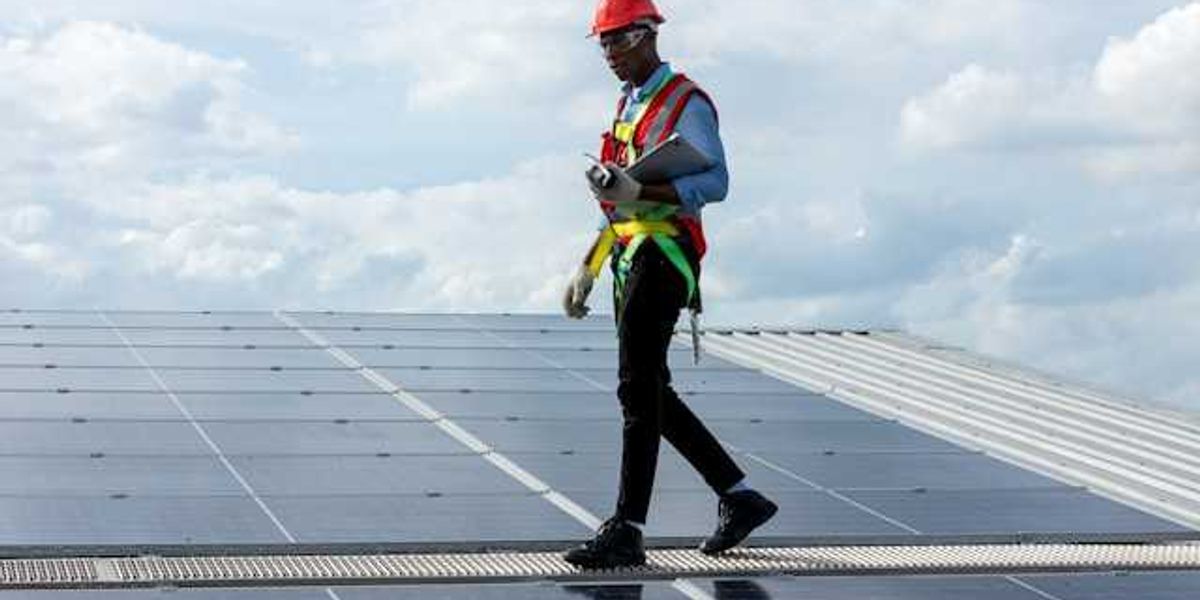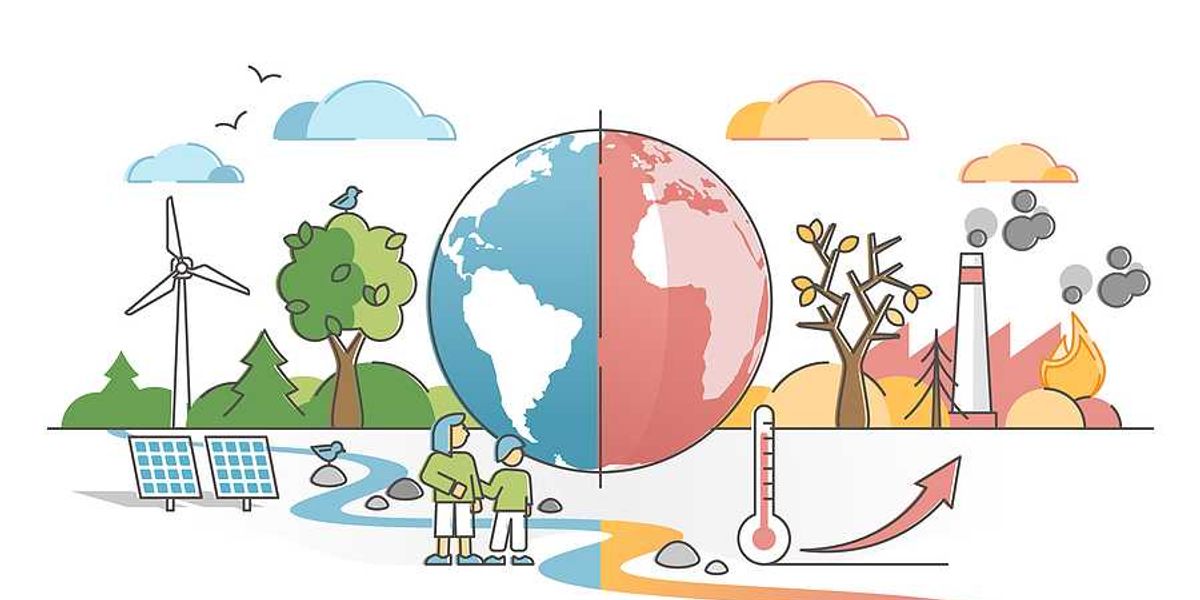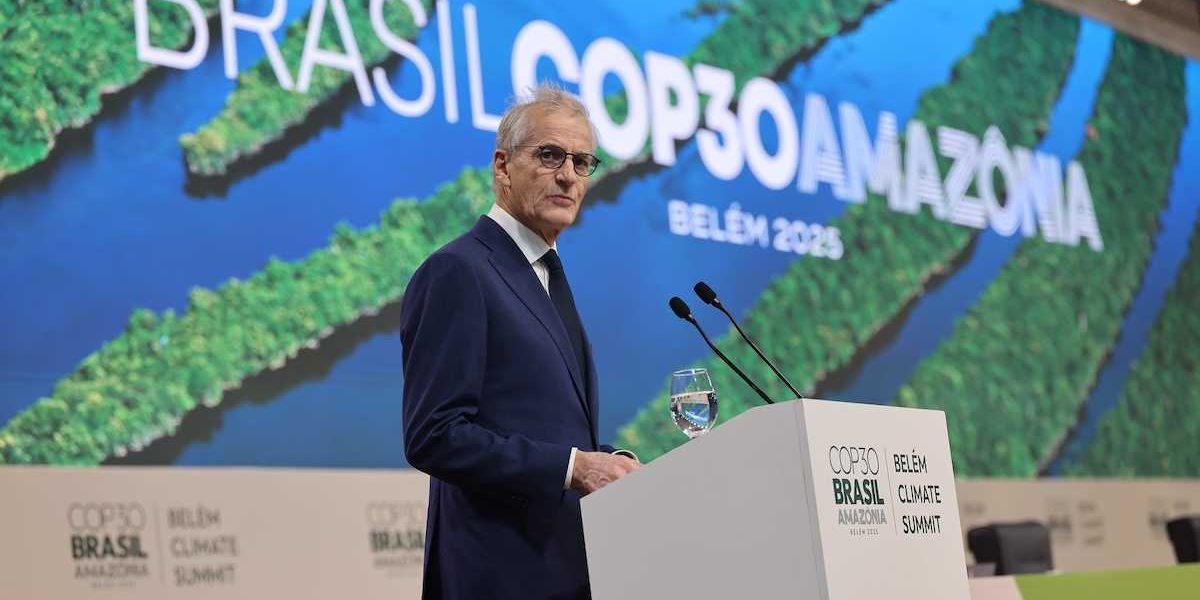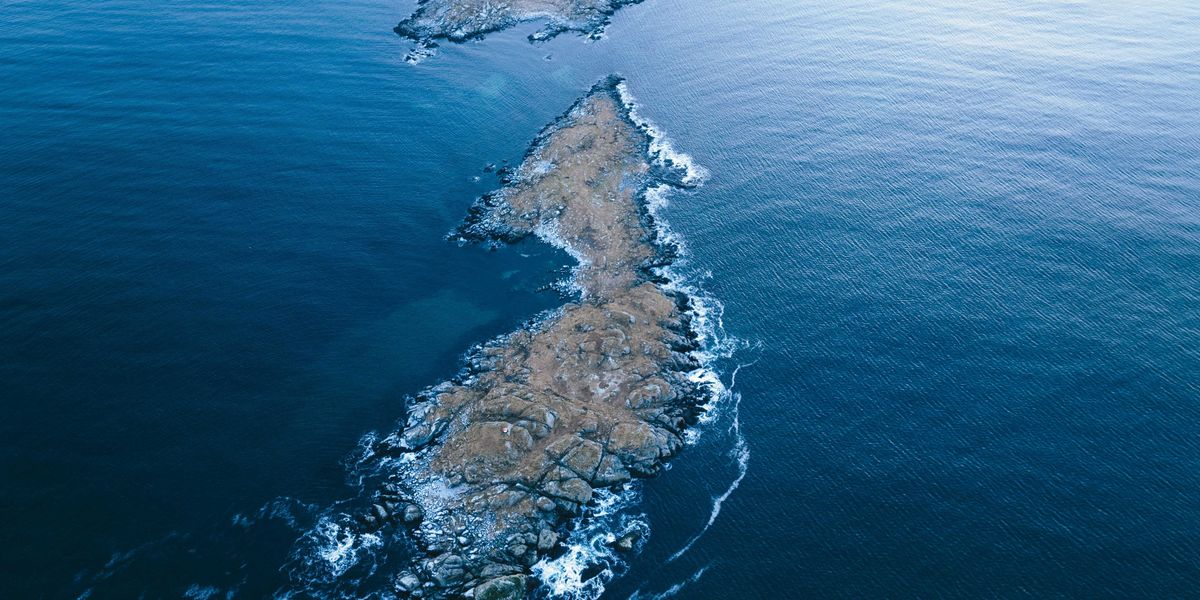Lightning is surging in the Arctic, and scientists warn of rising wildfire and climate risks
Lightning strikes in the Arctic have surged in recent years, raising alarms among scientists about their role in wildfires, permafrost thaw, and the global methane cycle.
Nicola Jones reports for Yale Environment 360.
In short:
- Arctic lightning, once rare, has increased dramatically, with some areas north of the 80th parallel recording a 70-fold rise since the early 2010s. Alaska, in particular, has seen a doubling of lightning strikes over the past decade.
- Lightning is the main ignition source for wildfires in the Far North, where warming and slight increases in moisture are making conditions ripe for large, intense burns that release carbon and accelerate permafrost thaw.
- Lightning may also affect atmospheric chemistry: recent Research suggests that strikes can scrub methane from the air, but reduced lightning during the pandemic was linked to a spike in methane levels.
Key quote:
“There’s not enough attention on this in my opinion.”
— Rick Thoman, climatologist at the University of Alaska Fairbanks
Why this matters:
The Arctic is warming up to four times faster than the global average, and that’s changing more than just the temperature. Increased lightning in the region adds a volatile new factor to the climate equation. These strikes are igniting more wildfires, especially in boreal forests and tundra where fire-adapted ecosystems are now burning in unfamiliar ways — with hotter flames, deeper burns, and greater carbon loss. Fires in these areas also melt permafrost, releasing methane, a greenhouse gas far more potent than carbon dioxide. Meanwhile, lightning influences atmospheric chemistry in ways we’re only starting to understand. As Arctic weather patterns shift, the feedback loops involving fire, thaw, and methane could make climate change harder to predict — and possibly harder to control.
Learn more: Arctic spring heatwave linked to fossil fuel emissions shattered century-old records













